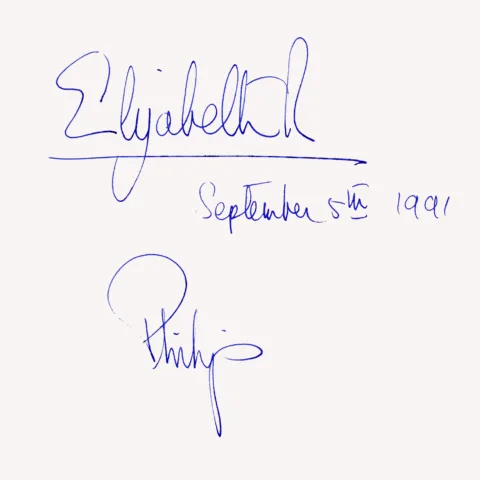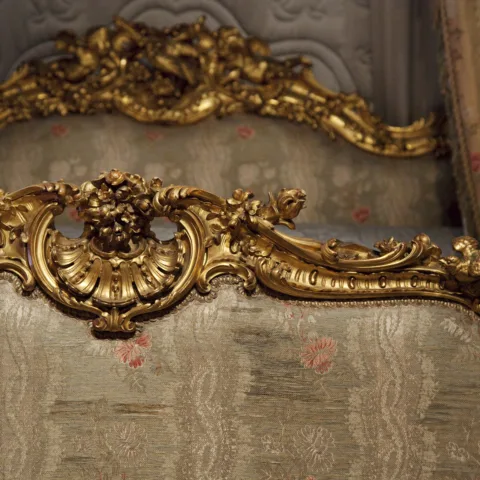The Bowes Museum Blog

Joy and Gladness
Following its transformative conservation, the Passion, Death & Resurrection of Christ altarpiece by the Master of the View of St Gudule [W.123 and B.M.1018-23] has rightly become a favourite piece in The Bowes Museum’s collection, and a popular topic on this blog. Chocolate eggs now dispatched, I thought I would reflect on its role in the celebration of the Easter festival, both historically as a religious object and today in the more secular setting of the picture galleries.

The Passion Altarpiece [W.123 and B.M.1018-23]

Crucifixion Triptych [B.M.168]

Concert
Because these altarpieces have a life beyond that of a painting on a museum wall – they are interactive, three dimensional pieces. Until very recently, both these works were displayed in a static open state. Now, the Passion, Death & Resurrection of Christ altarpiece is opened every day at 11am, just as it would have been on feast days in Medieval times. I feel immensely privileged that this is, as far as I can ascertain, the only museum in the country, if not all of Europe, where visitors can experience a multi-panelled altarpiece in motion. Unfortunately, the Crucifixion triptych has not yet been conserved to the same degree and is still static, so the beautiful painting of sculpted angels on the rear of its wings cannot currently be seen. However, that doesn’t mean you can’t experience for yourself some of the movement- if you can, try kneeling down before it and see how the perspective changes and the figures appear to move, and, although you can’t currently see them, see if you can imagine the angels behind its doors.

Crucifixion triptych [B.M.168] detail (back)






